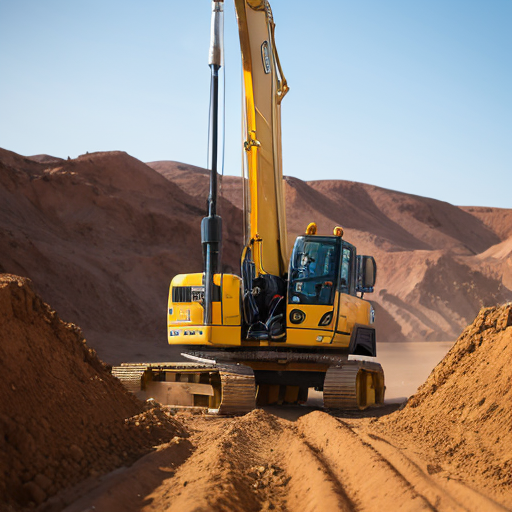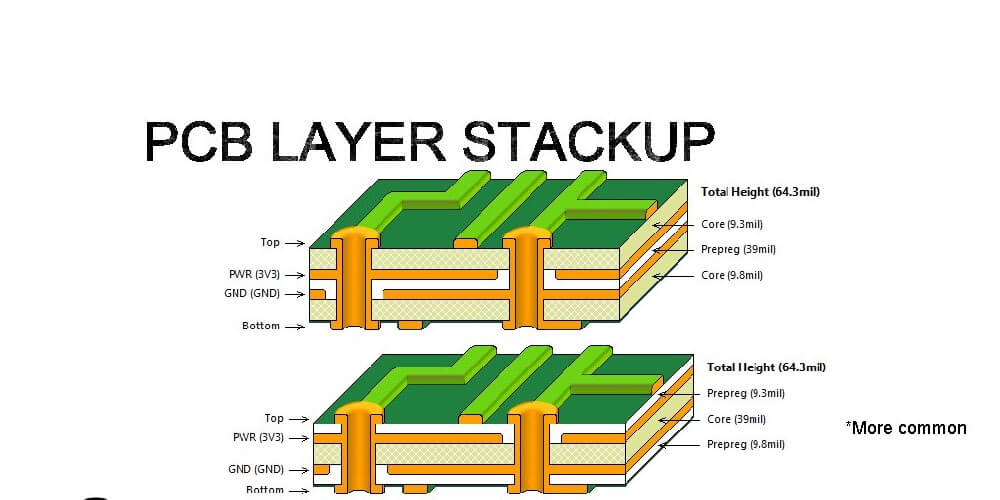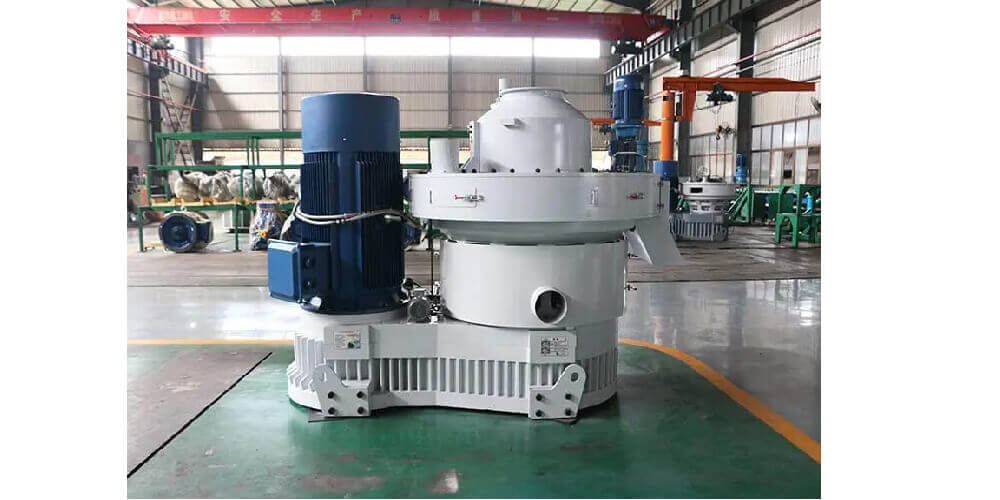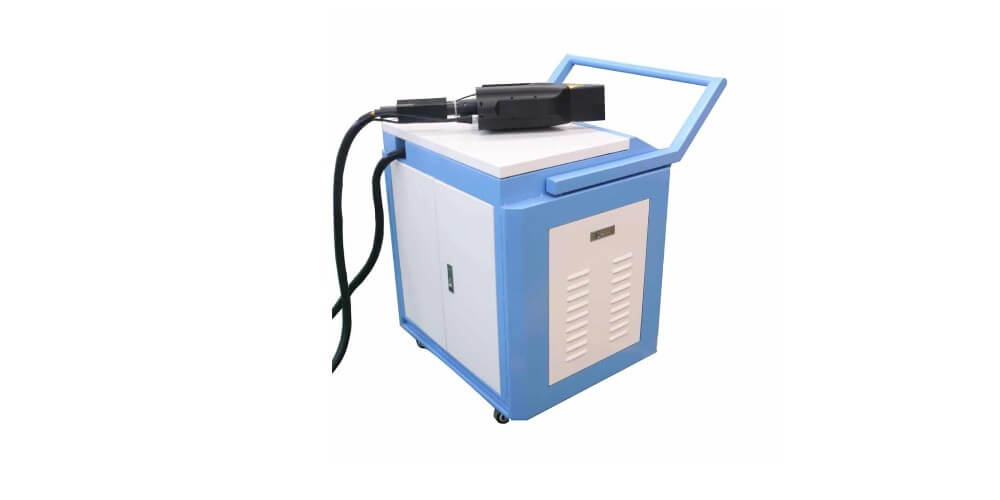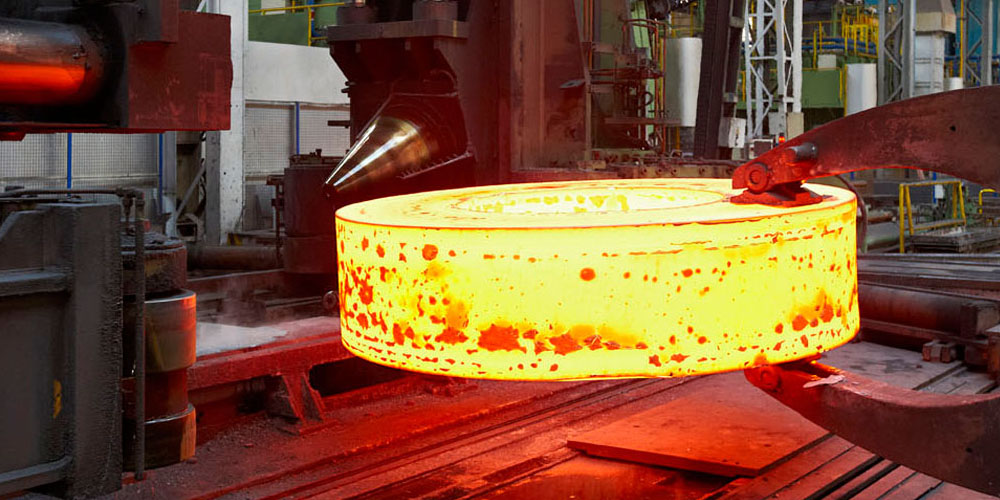When it comes to drilling tasks in construction, agriculture, and other industries, auger bits are essential tools. The performance and efficiency of these bits heavily rely on the quality and condition of their replacement teeth. Auger bit replacement teeth play a crucial role in maintaining cutting effectiveness, durability, and overall productivity. In this article, we will dive deeper into the features, categories, and pros and cons of auger bit replacement teeth, providing you with valuable insights to make informed decisions for your drilling projects.
Features of Auger Bit Replacement Teeth:
Durability: Auger bit replacement teeth are constructed from high-quality materials such as carbide or hardened steel. This ensures their durability and ability to withstand the challenging drilling conditions, including hard soils and rocks.
Cutting Efficiency: Replacement teeth for auger bits are designed with specialized cutting edges and patterns. These features enable them to break through the material smoothly and efficiently, ensuring clean and precise drilling results.
Compatibility: Auger bit replacement teeth are available in various sizes and configurations to fit different auger bit types. This compatibility allows for easy replacement and ensures optimal performance across a range of drilling applications.
Categories of Auger Bit Replacement Teeth:
Standard Replacement Teeth: These are the most common and widely available replacement teeth. They provide reliable performance for general drilling tasks in various soil conditions.
Tungsten Carbide Replacement Teeth: Known for their exceptional hardness and wear resistance, tungsten carbide replacement teeth are ideal for challenging drilling conditions, such as rocky or abrasive soils. They offer extended lifespan and superior cutting performance.
Hardened Steel Replacement Teeth: These replacement teeth are made from hardened steel, providing good durability and resistance to wear and impact. They are cost-effective options suitable for standard drilling tasks in less abrasive soils.
Pros and Cons of Auger Bit Replacement Teeth:
Pros:
Improved Performance: Upgrading to high-quality replacement teeth enhances the cutting efficiency and overall performance of auger bits, leading to faster and more precise drilling.
Extended Lifespan: Durable replacement teeth increase the lifespan of auger bits, reducing the frequency of replacements and saving costs in the long run.
Versatility: Auger bit replacement teeth are compatible with a wide range of auger bit types, making them versatile tools for different drilling applications.
Cons:
Initial Cost: Higher-quality replacement teeth may come with a higher upfront cost. However, their longer lifespan and superior performance justify the investment over time.
Replacement Process: Depending on the auger bit design, replacing the teeth may require some technical knowledge and tools. It is important to follow the manufacturer’s instructions for proper replacement to maintain optimal performance.
Conclusion:
Selecting the right auger bit replacement teeth is crucial for achieving efficient and successful drilling operations. By understanding the features, categories, and pros and cons of these replacement teeth, you can make informed decisions and choose the most suitable option for your drilling projects. Whether it’s standard replacement teeth, tungsten carbide teeth, or hardened steel teeth, investing in high-quality replacement teeth will ultimately lead to smoother drilling operations, extended tool lifespan, and improved project outcomes.
